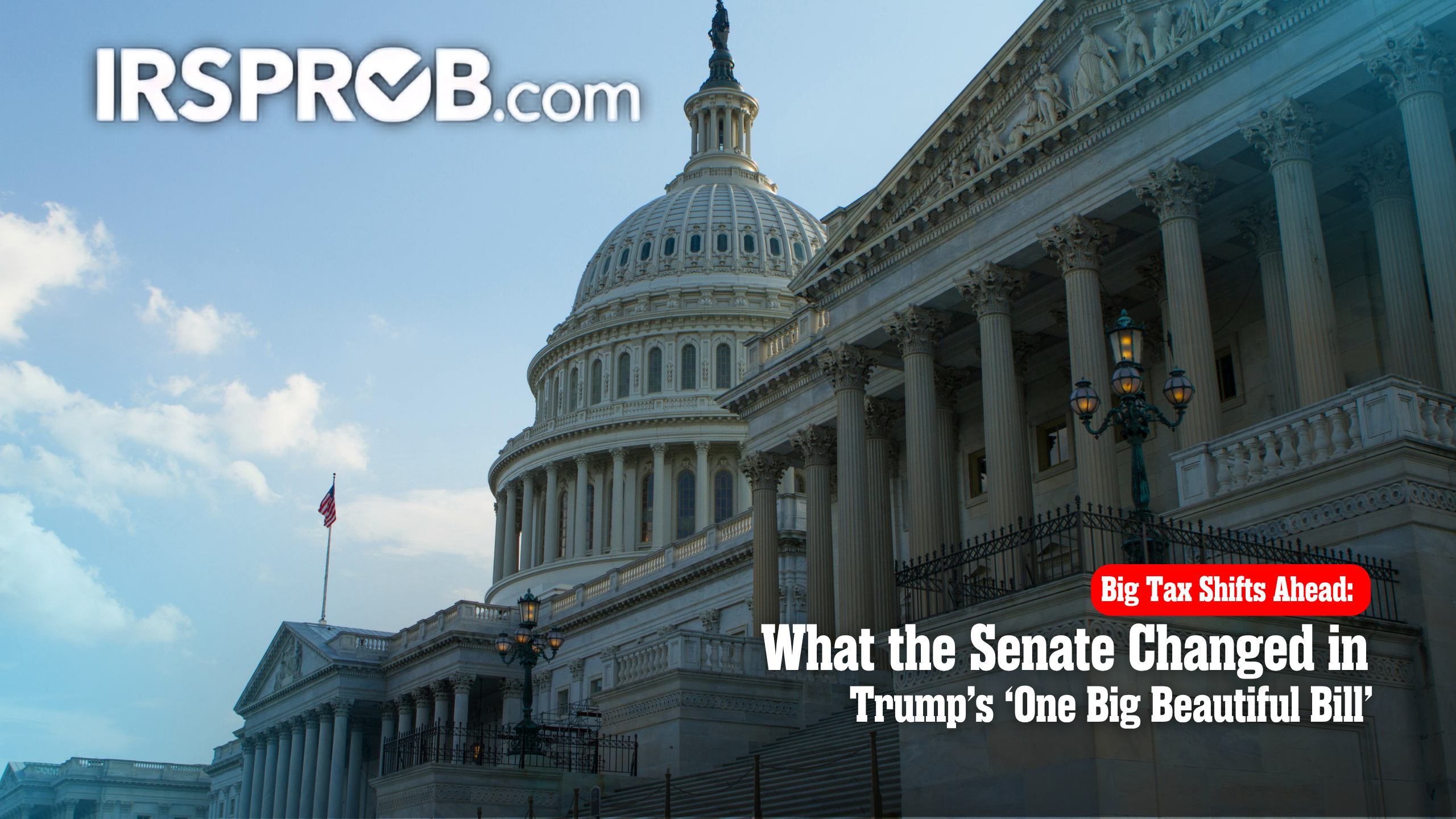
The IRS has recently introduced a significant update for non-spouse beneficiaries of inherited IRAs, offering potential tax-saving opportunities for business owners. Understanding these changes and their implications can help you make informed decisions about managing your inherited assets and minimizing tax liabilities.
New Developments in Stretch IRA Rules
The IRS has announced a delay in implementing new required minimum distribution (RMD) rules for certain non-spouse beneficiaries of inherited IRAs. According to IRS Notice 2024-35, this extension provides relief from the SECURE Act’s changes, which aimed to limit the benefits of “stretch IRAs” by requiring distributions to be taken within ten years of the original account owner’s death.
Understanding Required Minimum Distributions (RMDs)
As a business owner, it’s crucial to grasp the concept of RMDs and how they affect your tax situation. Generally, you must begin taking RMDs from IRAs once you reach your required beginning date (RBD), which is April 1 of the year following the year you turn 73.The amount of the RMD is based on your account balance as of December 31 of the previous year and an IRS-approved life expectancy divisor. These distributions are taxed at ordinary income rates, which can be as high as 37%.
Penalties for Not Taking RMDs
Failing to take the required RMDs can lead to hefty penalties. Previously, the penalty was 50% of the RMD shortfall, but the SECURE 2.0 Act reduced this to 25%. If you correct the error promptly, the penalty is further reduced to 10%. It’s essential to stay vigilant and avoid these penalties, which are added to the regular tax due on the RMD.
Key Changes from the SECURE Act
The SECURE Act introduced significant changes to how inherited IRAs are managed:
- 10-Year Distribution Rule: Starting after 2019, most non-spouse beneficiaries must distribute funds from inherited accounts within ten years of the account owner’s death. This change eliminates the ability to extend distributions over a lifetime, as was previously allowed with stretch IRAs.
- Proposed Regulations in 2022: The IRS proposed regulations requiring annual RMDs during the ten-year period, which surprised many beneficiaries and tax professionals. However, due to statutory language ambiguity, the IRS waived the requirement through 2023.
Latest IRS Developments
The IRS has decided to extend the waiver for another year, meaning no penalties will be imposed on affected beneficiaries who do not take RMDs in 2024. The IRS plans to issue final regulations later this year to clarify the requirements.
Strategic Considerations for Business Owners
Given these developments, as a business owner, you should consider your circumstances and consult with a tax professional to determine the best course of action. Here are some strategies to consider:
- Voluntary RMDs: Depending on your tax situation, taking RMDs from an inherited IRA voluntarily in 2024 could spread the tax burden over multiple years, potentially reducing the overall tax bill.
- Grandfathered Accounts: If you inherited an IRA before 2020, you are not subject to the SECURE Act’s 10-year liquidation rule. This exemption allows for continued strategic tax planning.
By understanding and leveraging these changes, business owners can make informed decisions that align with their financial goals and help minimize tax liabilities. Always consult with a tax professional to ensure compliance with IRS regulations and optimize your tax strategy.









